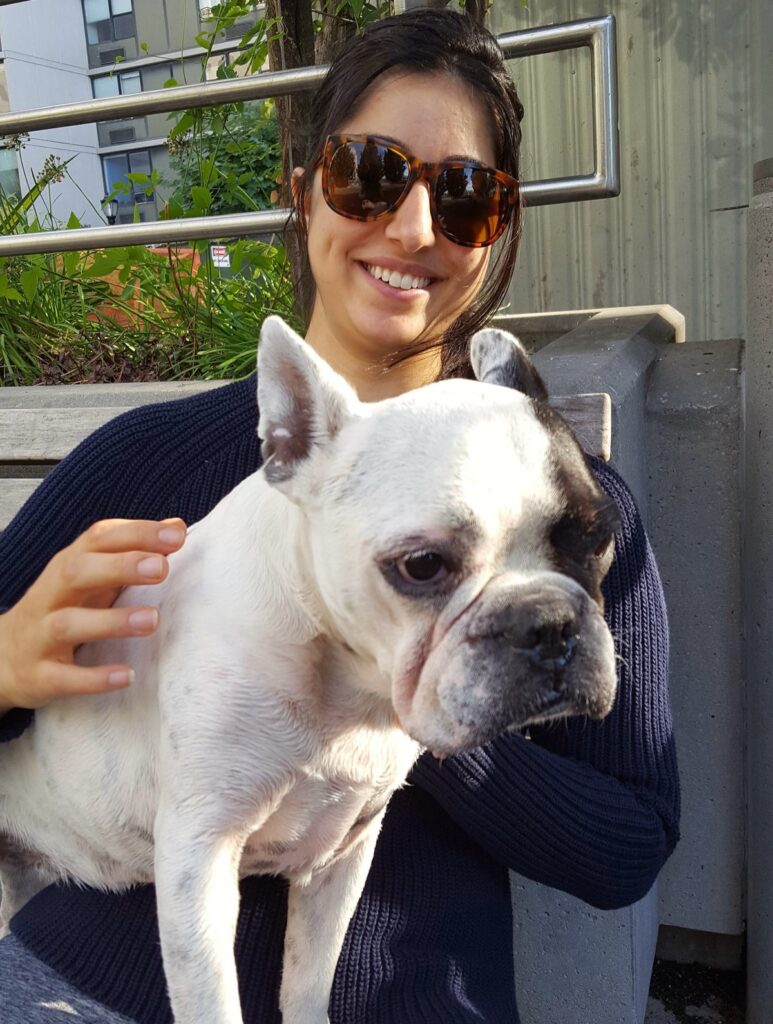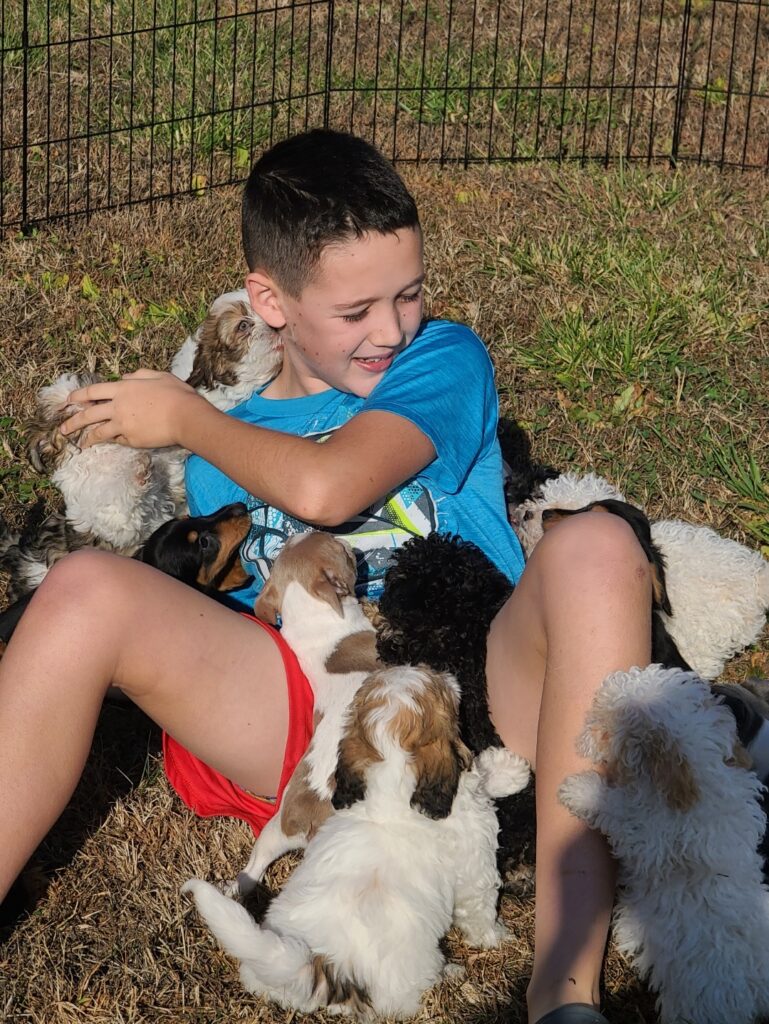Although rescuing a rescue dog is a wonderful experience, there are challenges to consider, especially during training, especially on how to teach a dog its name. Teaching your new pet to recognize and react to its name is one of the crucial steps in adjusting it to your home.
For rescue pets, who may have passed through trauma, abuse, or repeated environmental changes, the procedure might be more complex. This blog post offers extensive guidance on how to correctly teach an adopted dog its name, enabling an easier adjustment to its new location and deepening the link between you and the dog.
Choosing the Right Name
Choose a name that is concise, special, and pronounceable. Dogs can identify the names of one or two syllables with greater ease, thus they are generally the most successful. Try Googling helpful names for how to teach a dog its name.
To avoid confusion, stay clear of names that sound identical to household commands or names of other pets.
If your rescue dog previously responded to a name, you may want to think about renaming them with a name that seems familiar. The intention is to streamline the process of gaining knowledge as much as possible.
Building Trust and Positive Associations
Training your rescue dog its name begins with developing confidence. Begin by linking the name with positive things. Positive reinforcement is a helpful instrument for teaching dogs. It involves offering your dog treats, praise, or loving pats anytime they reply to their name.
To aid in focus, begin in a calm, clutter-free environment for your dog. When your dog glances at you or shows any sort of response, offer them a treat straight away after saying their name in a positive, happy voice.
Do this multiple times a day, making sure that the sessions are brief yet frequent to avoid overstimulating your dog.
Gradual Introduction of Distractions
When your dog can remember its name in a peaceful setting, you need to work on how to teach a dog its name in distractions. Slowly add small disturbances. By taking this action, you can be sure that your dog will react to their name in different circumstances. Gradually provide more advanced distractions, such as noise in the background, starting small.
Exercise in various spaces, outside, and then in public areas, for example. Praise your dog when they behave well, reminding them that their name is an assurance of good things occurring in any situation.
Consistency and Patience
Training involves consistency, particularly for dogs from rescue who can require a longer period to adjust to life. To avoid confusion, use the exact same name, tone, and rewards every time. It’s also important to have patience and understand the distinct needs and learning styles of your dog.
It may take a while for rescue dogs to develop trust and pick up new instructions, so recognize and cherish any development that happens. Keep your composure and persistence in the face of challenges, knowing that every dog learns uniquely.
Using Name Recognition in Daily Routines
To strengthen learning, integrate name training into routine activities. In advance of offering instructions, throughout playtime, and while giving food or treats, call your dog by name. The link connecting the name and good memories gets strengthened by this repetition.
For example, call the name of your dog before taking them on a walk or feeding. Your dog will eventually catch up on using their given name as a signal for positive focus and interaction.
Seeking Professional Help if Needed
See a professional dog trainer or behavioral psychologist for help if you face substantial challenges or if your rescue dog displays serious stress or behavioral issues. Experts could offer customized guidance and instruction methods tailored to the specific needs of your dog.
In order to guarantee a more effective instruction process, they are also useful in addressing any deeper problems that could be hindering growth.
Conclusion
To sum up, how to teach a dog its name that came from rescue, is a key component of helping it find a loving place to live You can offer your pet the feeling of security and safety by getting to understand them, maintaining consistency in training, and developing trust through encouraging behavior.
Remember to be patient, acknowledge little achievements, and get help from an expert if necessary. Your rescue dog will grow up to be a beloved part of your household and learn its name with diligence, dedication, and lots of love—a relationship that will last a lifetime.










